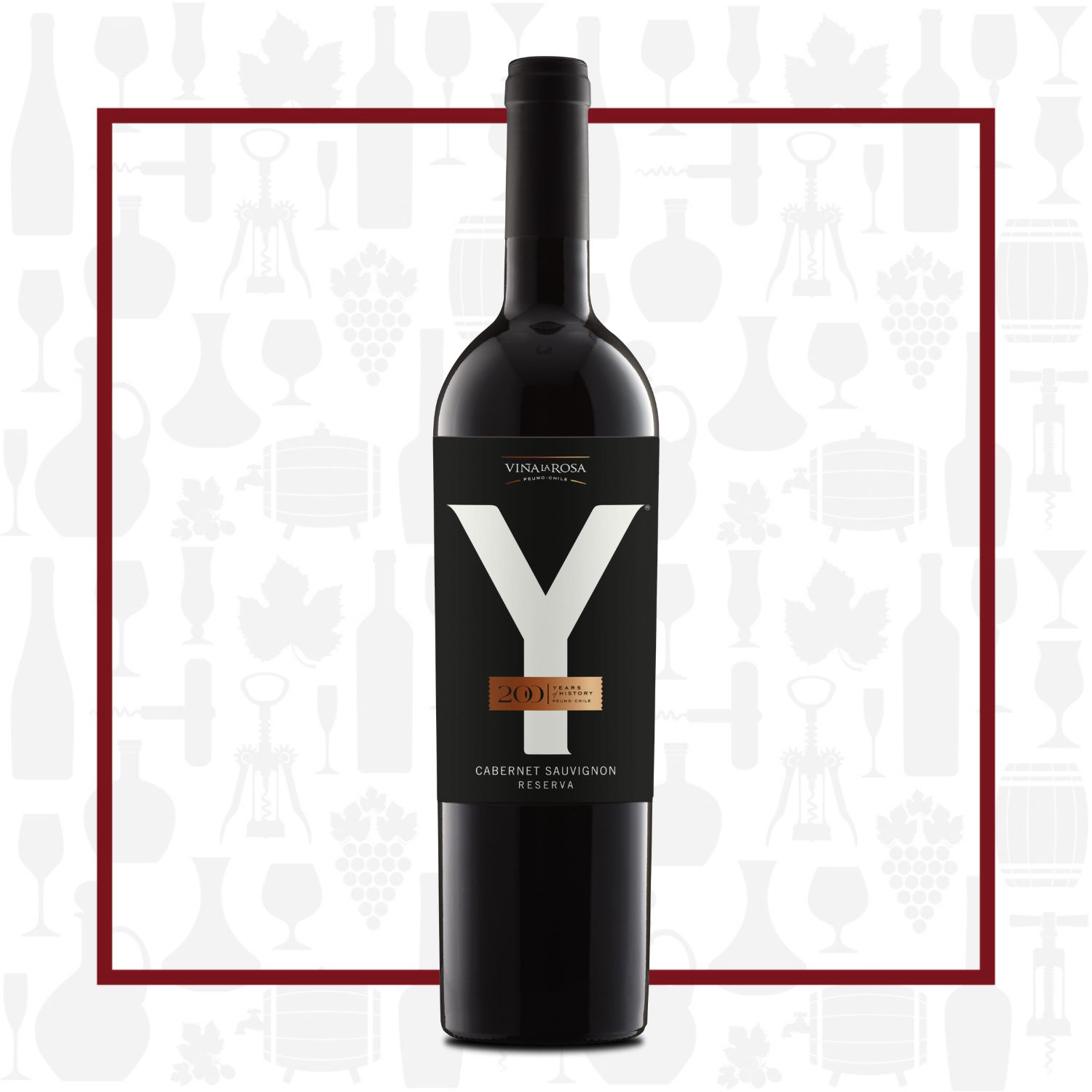Cellar Profile
6th Generation winemakers, the Ossa family, purchased their first parcel of vines in Puemo, Cachapoal Valley in 1824, and are still bottling wines on the estate today. Using a fusion of the most modern techniques, as well as processes steeped in Chilean tradition, Viña la Rosa is one of the most highly-acclaimed Chilean wineries. Puemo is known as one of the best sites on earth for Carménère, and theirs is proof positive of that, with their top bottling, "La Rosa", displaying the complexity and power the variety can offer when given proper care. Currently under conversion to organic, they have a firm commitment to sustainability, particularly where it comes to their usage of water. Winemaker Gonzalo Carcamo has been at the helm since 2011 and has imprinted his own personal stamp on the wines. Elegance, acidity and fully developed tannins are his hallmarks. The climate is Mediterranean, close to the Pacific Ocean. Stiff breezes during the day and huge temperature shifts in the evenings cool the grapes and allow for a long, slow ripening of the skins. Already well known for producing affordable wines of exceeding quality, Gonzalo's premium, single vineyard offerings, which retain their price-to-quality ratio, are now the primary focus for the winery.
Region
Peumo is a highly regarded sub-appellation of the Cachapoal Valley. Following the corridor formed by the Cachapoal River, it is inland from the cool Pacific Ocean, allowing for more moderate temperatures than the coast. Its elevation and proximity to the high peaks of the Andes mean that there are huge diurnal temperature drops in the evenings to ensure acid balance. Most of the rains fall during the cool winter months, with frequent periods of drought during the extended growing season. The soils here have a fair amount of clay, with solid water retention, allowing wineries to dry farm if they wish to put the care in. Many of the finest examples of Carménère in the world can be found in this tiny appellation, as the long warm days and cool evenings allow for the long hang times needed to fully ripen these grapes.
Vineyard
Viña la Rosa's historic estate in Peumo, nestled in the Cachapoal Valley, is surrounded by the Chilean Coastal Range and privileged by a Mediterranean climate of warm days and cool nights.
Winemaking
The grapes are harvested, destemmed and mechanically ground. The must is pumped into a fermentation tank with selected yeasts at a temperature at 28ºC for 10-15 days. Press wine is kept separate. Malolactic fermentation occurs naturally. The wine is aged for 6 months in French oak.
Tasting Notes
Expressive nose of ripe plum and cassis, with slight hints of wood. The palate has a smooth, silky texture, with elegant tannins and a delicate balance between freshness and maturity. Enjoy on its own or with grilled red meats, stews or mature cheeses.
Varieties
Cabernet Sauvignon is probably the most famous red wine grape variety on earth and has successfully spread to almost every wine growing country. DNA profiling carried out in California in 1997 confirmed that Cabernet Sauvignon is the product of a natural genetic crossing between key Bordeaux grape varieties Cabernet Franc and Sauvignon Blanc. There are two key reasons for Cabernet Sauvignon's rise to dominance. The most simple and primordial of these is that its vines are highly adaptable to different soil types and climates; it is grown at latitudes as disparate as 50°N (Okanagan Valley, Canada) and 20°S (northern Argentina), and in soils as different as the gravels of Pessac-Leognan and the iron-rich terra rossa of Coonawarra. Secondary to this, but just as important, is that despite the diversity of terroirs in which the vine is grown, Cabernet Sauvignon wines retain an inimitable "Cab" character, nuanced with hints of provenance in the best-made examples. Cabernet Sauvignon wines always seem to demonstrate a handful of common character traits: deep color, good tannin structure, moderate acidity and aromas of blackcurrant, tomato leaf, dark spices and cedarwood.

